Cross-training has emerged as one of the most popular forms of fitness, blending various workout styles into routine sessions. Whether you’re hopping between the treadmill, weights, or a HIIT class, the right footwear can make a significant impact on your performance and comfort. In this comprehensive guide, we’ll explore the best cross trainer shoes for men, real-world footwear experiences, and essential tips for selecting the ideal pair.
Why Choose Cross Trainer Shoes?
Cross-trainer shoes are designed to provide the versatility needed for various workouts—demanding different movements and surfaces. Unlike traditional running shoes, cross trainers offer a balance of cushioning and lateral support, essential for activities like aerobics, circuit training, and weightlifting. They are often equipped with:
- Good traction for various surfaces
- Stability for lateral movements
- Cushioning to absorb impact
What to Look For in Cross Trainer Shoes
1. Fit and Comfort
Fit should be your top priority. A shoe that’s too tight or too loose can lead to discomfort and injury. Always try on shoes with the socks you’ll wear during workouts. Walk around the store and ensure there’s enough room in the toe box.
2. Support and Stability
Look for shoes that provide adequate arch support and heel stability, particularly if you plan to lift weights. Shoes with a wider base can help prevent ankle rolling during lateral movements.
3. Traction and Durability
Durable rubber outsoles are essential for maintaining grip on different surfaces, from gym floors to outdoor tracks. Examine the tread patterns to ensure they suit your workout environment.
Top 5 Best Cross Trainer Shoes for Men
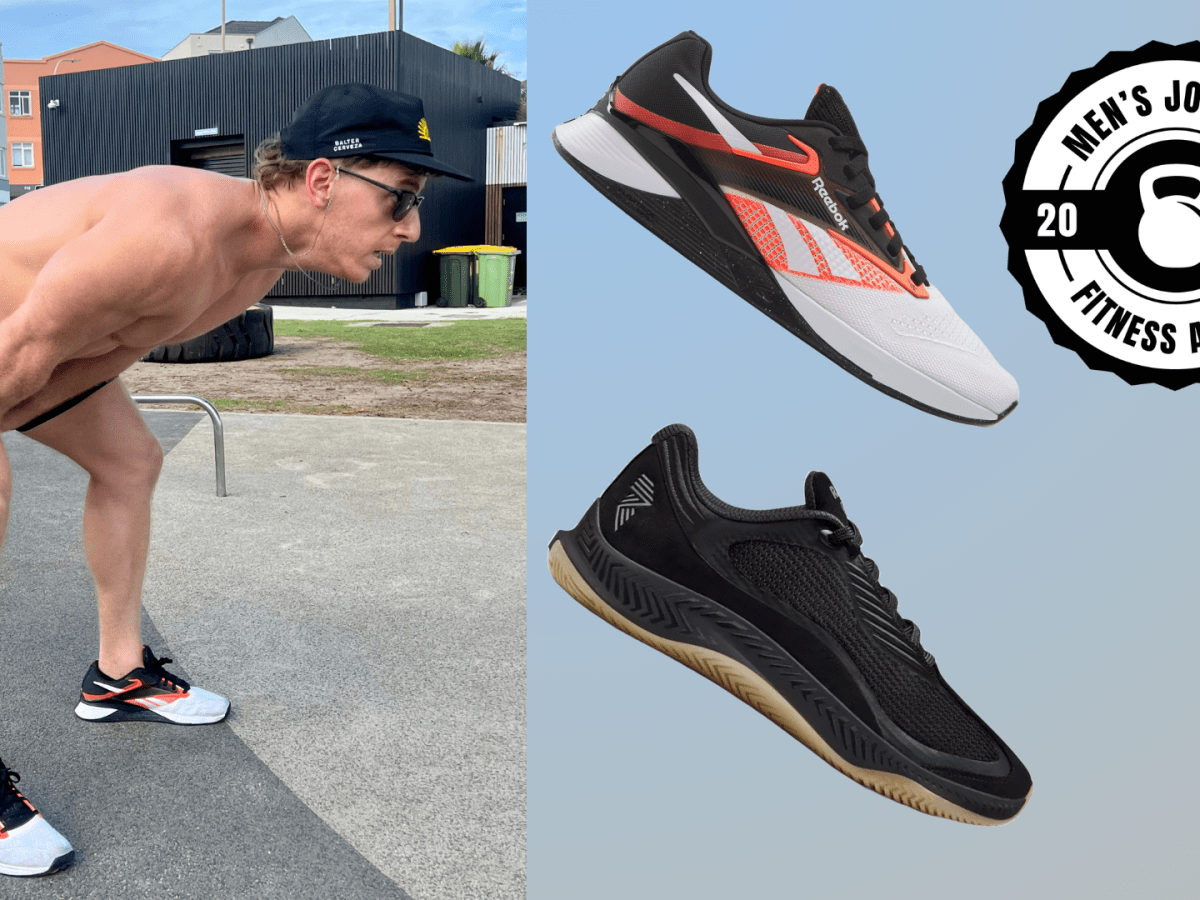
1. Nike Metcon 7
The Nike Metcon 7 is a leader in the cross-training footwear category, favored by athletes worldwide. It offers a firm heel for weightlifting and a flexible forefoot for dynamic movements.
| Feature | Details |
|---|---|
| Weight | 12.6 oz |
| Heel Drop | 4 mm |
| Price | $130 |
Pros
- Excellent stability for lifting
- Responsive cushioning
- Stylish design
Cons
- Can feel heavy for running
- Pricey compared to competitors
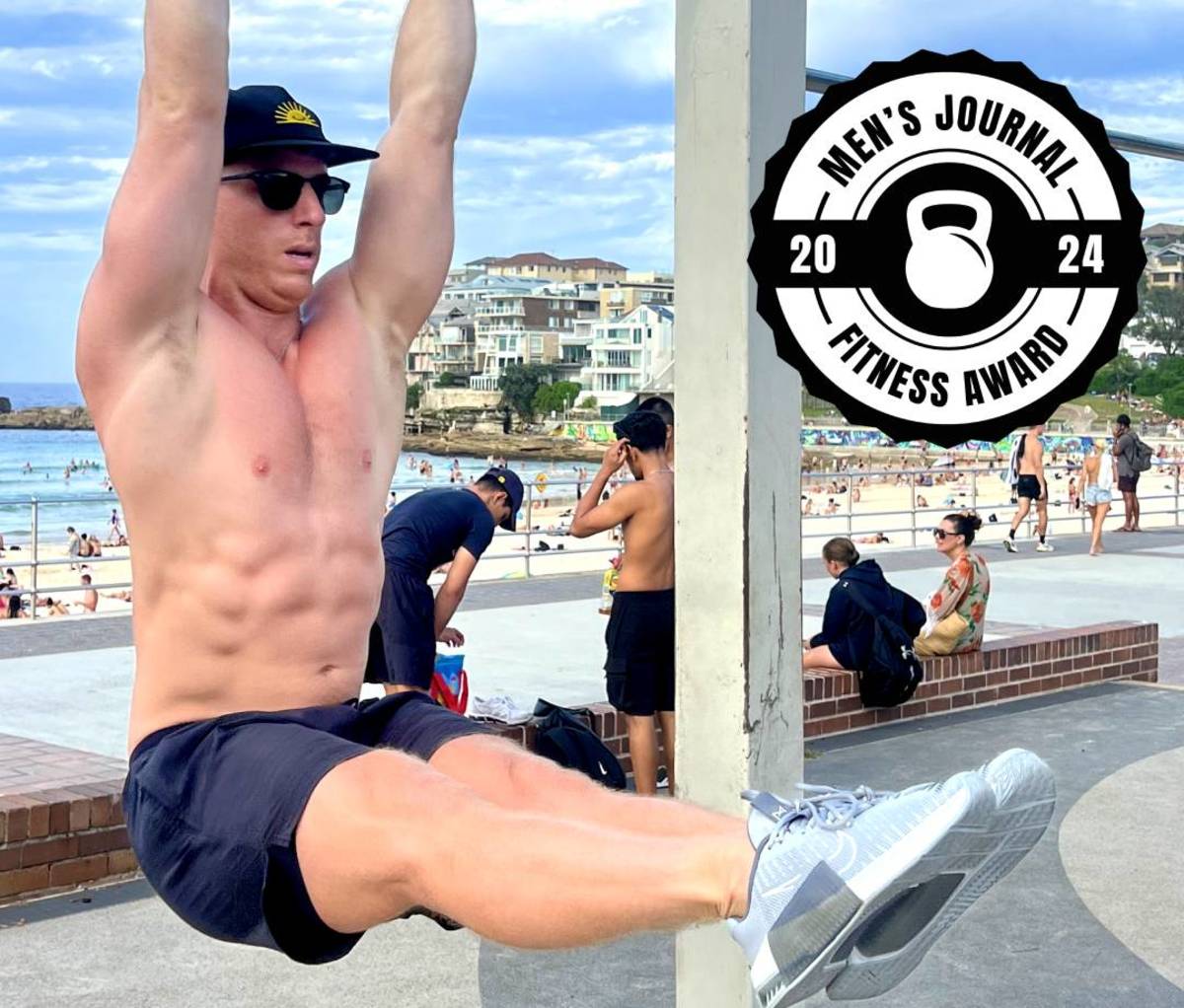
2. Reebok Nano X1
The Reebok Nano X1 embodies versatility, making it suitable for everything from weightlifting to cardio workouts. Its Flexweave upper provides breathability while offering a secure fit.
| Feature | Details |
|---|---|
| Weight | 10.6 oz |
| Heel Drop | 7 mm |
| Price | $140 |
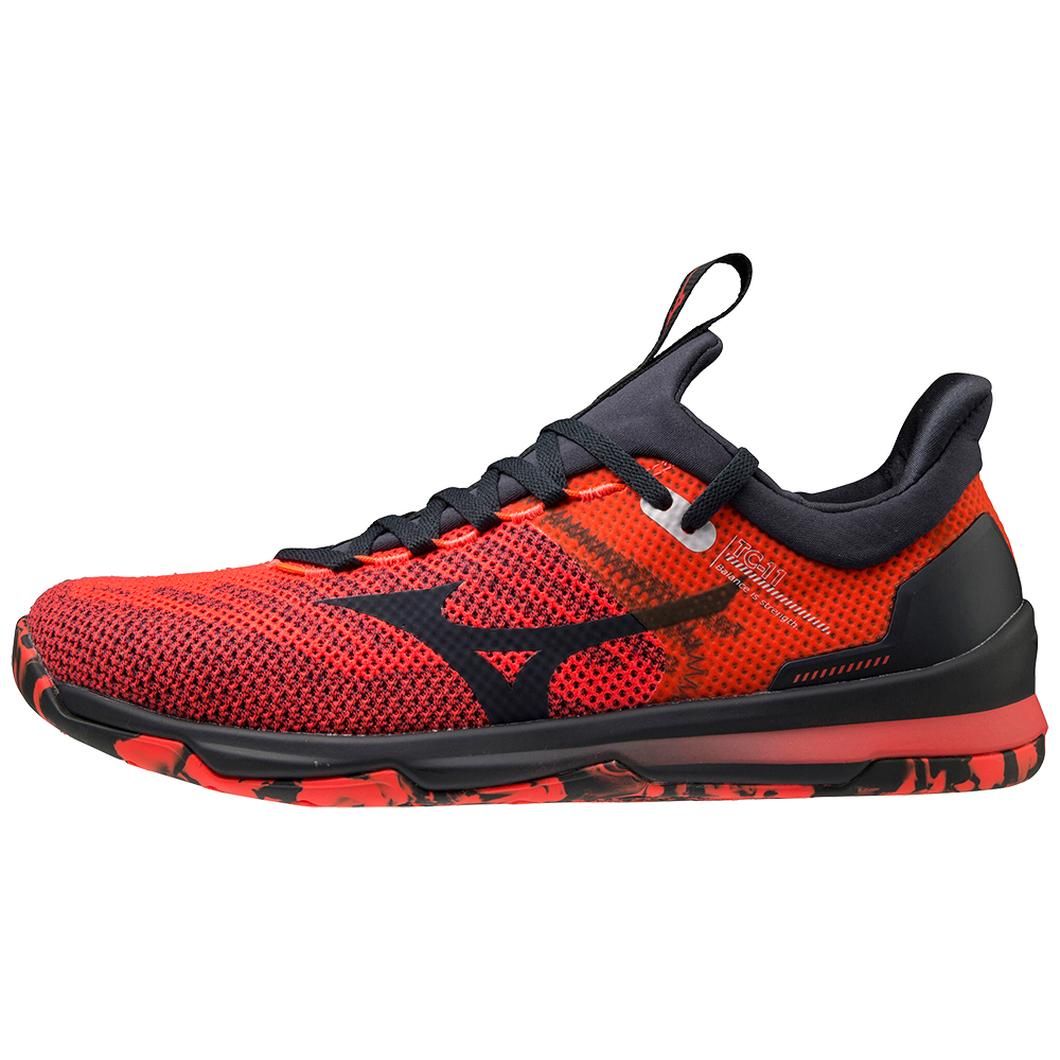
Pros
- Lightweight design
- Good for a variety of workouts
- Comfortable cushioning
Cons
- Less stability for heavy lifts
- Some users report sizing issues
3. New Balance Minimus TR
The New Balance Minimus TR is an excellent choice for those who prefer a minimalistic approach. With a lower stack height, this shoe promotes a natural foot movement.

| Feature | Details |
|---|---|
| Weight | 8.8 oz |
| Heel Drop | 4 mm |
| Price | $110 |
Pros
- Natural feel
- Good grip on surfaces
- Lightweight and breathable
Cons
- Lack of cushioning for high-impact workouts
- Not suitable for long-distance running
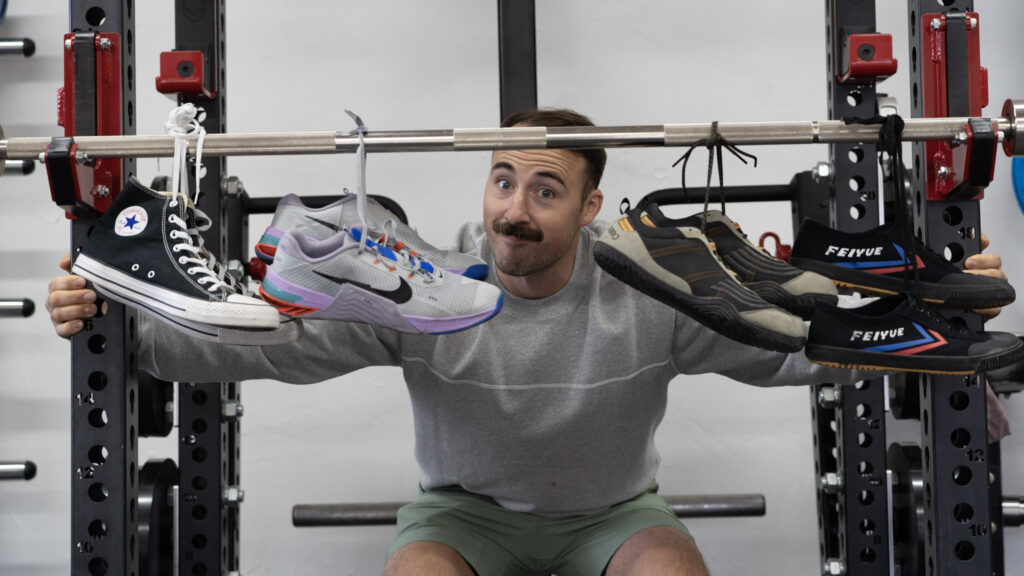
4. Under Armour HOVR Rise 2
This model is equipped with UA HOVR technology, providing a ‘zero gravity’ feel that helps maintain energy return. The shoe is also designed for strength training with its solid heel.
| Feature | Details |
|---|---|
| Weight | 11.4 oz |
| Heel Drop | 8 mm |
| Price | $120 |
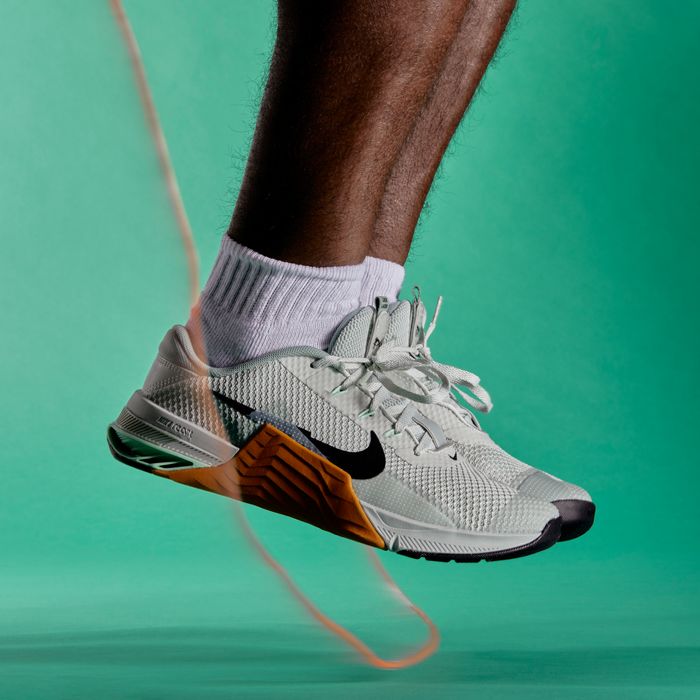
Pros
- Energy-efficient cushioning
- Versatile for various workouts
- Stylish design
Cons
- Heavier than some competitors
- Price can be a drawback for budget shoppers
5. ASICS Gel-Craze TR 3
Designed for diverse training, the ASICS Gel-Craze TR 3 features GEL cushioning that provides impact protection during workouts. Its flexibility makes it suitable for high-impact activities.
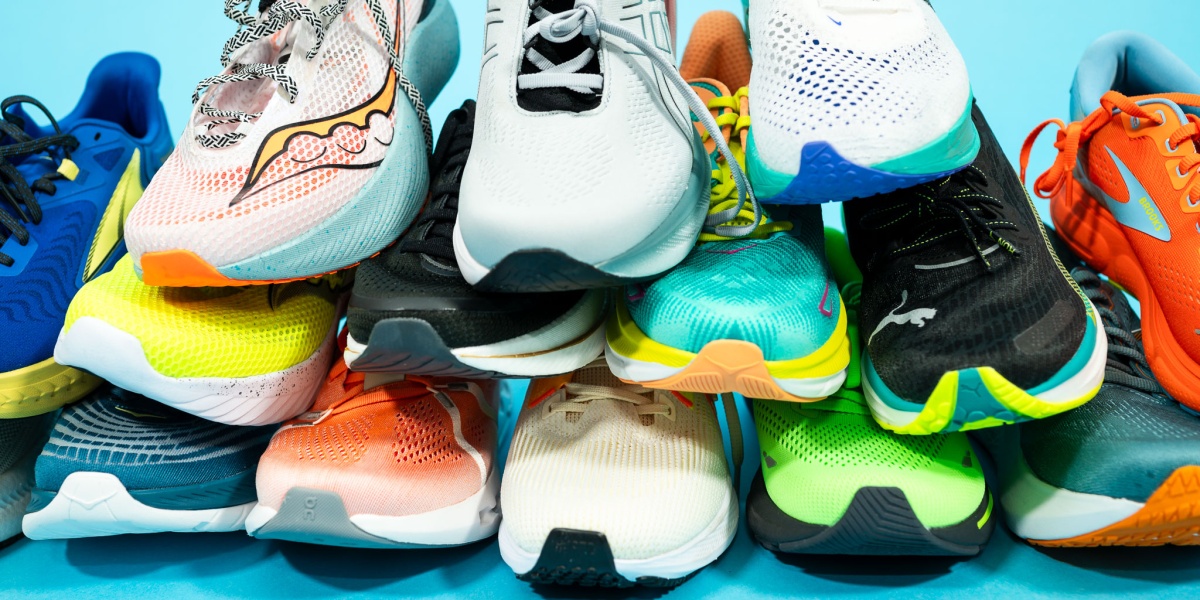
| Feature | Details |
|---|---|
| Weight | 10.3 oz |
| Heel Drop | 8 mm |
| Price | $120 |
Pros
- Great shock absorption
- Comfortable for extended wear
- Good for running as well
Cons
- Bulky design compared to others
- Not as much lateral support for heavy lifting
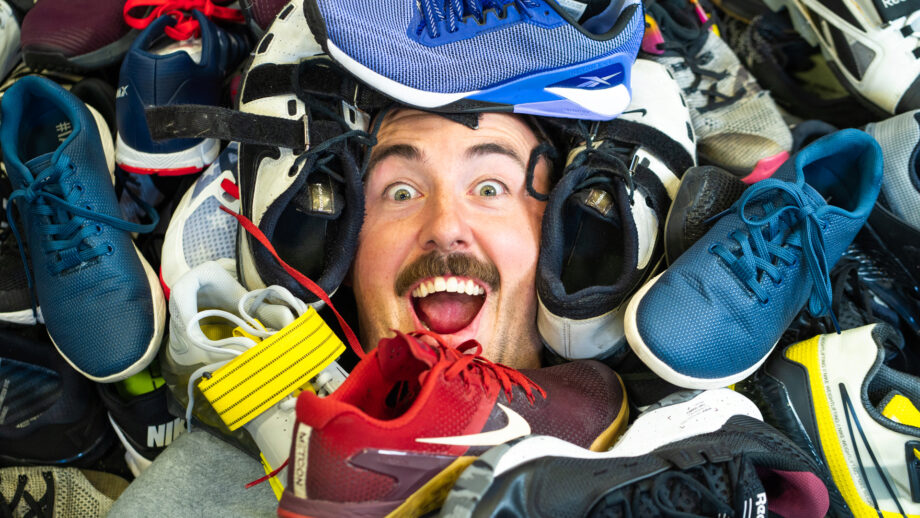
Real-World Footwear Experiences
When it comes to choosing the right cross trainer shoe, real-world experiences provide invaluable insight. For example, John, a fitness enthusiast, switched from traditional running shoes to the Nike Metcon 7. He noticed a significant difference in stability and support during his weightlifting sessions. “I’ve finally been able to push past my limits without worrying about my shoes giving out,” he explains.
Similarly, Mark, who participates in intense HIIT classes, opted for the Reebok Nano X1. He found that the shoe’s lightweight design made quick transitions effortless. “I love how they feel on my feet; it feels like I’m moving faster,” he shares.
Case Studies: Performance Improvement with Proper Shoes
In a study published by the Journal of Sports Sciences, researchers found a direct correlation between proper footwear and performance in high-intensity workouts. The study included athletes who switched to cross-trainer shoes and assessed their performance in various metrics, including speed, agility, and strength. The results indicated that those who wore cross-trainers displayed improved agility and reduced risk of injury compared to those using running shoes.
Comparison Table of Top Cross Trainer Shoes
| Shoe | Weight | Heel Drop | Price | Best For |
|---|---|---|---|---|
| Nike Metcon 7 | 12.6 oz | 4 mm | $130 | Weightlifting |
| Reebok Nano X1 | 10.6 oz | 7 mm | $140 | Versatile Workouts |
| New Balance Minimus TR | 8.8 oz | 4 mm | $110 | Minimalist Training |
| Under Armour HOVR Rise 2 | 11.4 oz | 8 mm | $120 | Plyometric and Strength Workouts |
| ASICS Gel-Craze TR 3 | 10.3 oz | 8 mm | $120 | Impact Protection |
Tips for Buying Cross Trainer Shoes
When searching for the perfect cross-trainer shoes, consider these essential tips:
1. Try Before You Buy
Always try shoes on in-store if possible. Walk around, and perform squats to test the fit and comfort level.
2. Shop Later in the Day
Your feet swell throughout the day. Shopping later allows you to find a fit that accounts for this natural swelling.
3. Consider Your Workout Routine
Different shoes cater to different activities. Make sure your choice aligns with your workout style.
4. Read Reviews
Look for user reviews and expert opinions to gather insights from those who’ve worn the shoes.
FAQs About Cross Trainer Shoes
1. What are the benefits of cross trainer shoes?
Cross trainer shoes provide versatility, support, and durability for a range of workouts, enhancing performance and comfort.
2. Can I use cross trainer shoes for running?
While cross trainers can handle short runs, they may not provide the same level of cushioning and support as dedicated running shoes for long distances.
3. How do I know if cross trainer shoes fit well?
Your toes should have some wiggle room, and the heel should sit snugly without rubbing. Test them for comfort during various movements.
4. Should I choose lightweight or supportive shoes?
Consider your primary activities; if you lift weights often, prioritize supportive shoes. For cardio-focused workouts, lightweight options may be preferable.
5. What is the lifespan of cross trainer shoes?
On average, cross trainer shoes last between 300 to 500 miles, depending on usage intensity and shoe quality. Regular inspection for signs of wear is essential.
6. Are expensive cross trainer shoes worth it?
Higher-priced shoes often feature better materials and technology, which can provide improved comfort and performance, making them worth the investment for serious athletes.
7. Can I wash my cross trainer shoes?
Most can be cleaned, but it’s best to follow the manufacturer’s instructions. Remove insoles and laces before cleaning and avoid using harsh chemicals.
8. What types of insoles are best for cross trainer shoes?
Custom orthotic insoles can help provide additional arch support and cushioning tailored to your foot shape and activity needs.
9. Do I need special socks for cross trainer shoes?
While not mandatory, investing in moisture-wicking socks can enhance comfort and reduce blisters during workouts.
10. How do I identify the right shoe for my foot type?
Understand your arch type (flat, neutral, or high) and seek shoes designed for your specific needs, as this can greatly affect comfort and performance.
Conclusion
Investing in the right cross trainer shoes can make a world of difference in your fitness journey. From weightlifting to HIIT workouts, the ideal footwear supports your activities and enhances your performance. Make sure to consider your specific workout needs, and don’t hesitate to try several options to find the perfect fit. Happy training!
For further reading on foot health and sport shoe technology, explore this resource that dives deeper into how the right shoes can improve performance and health.